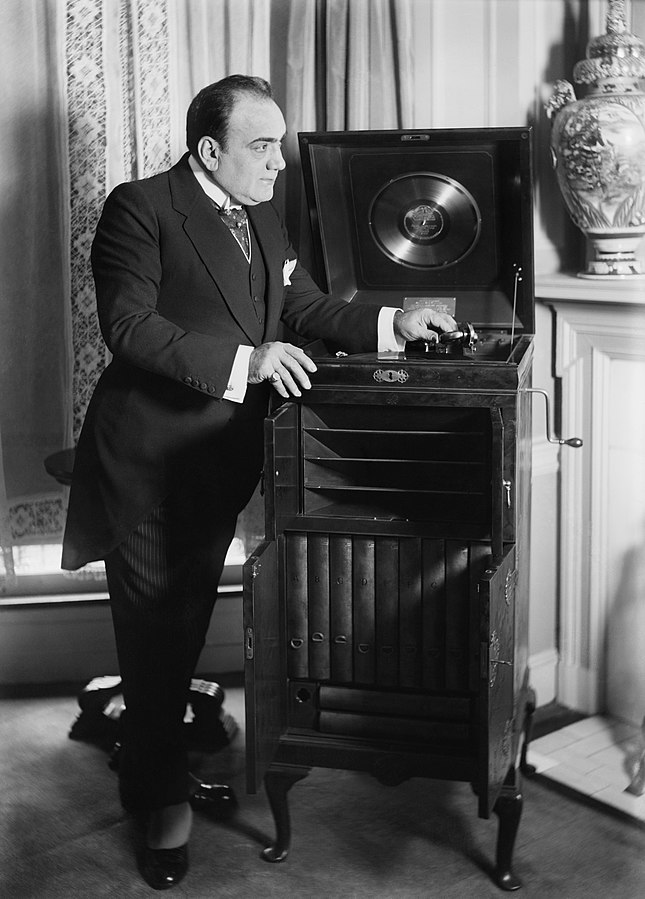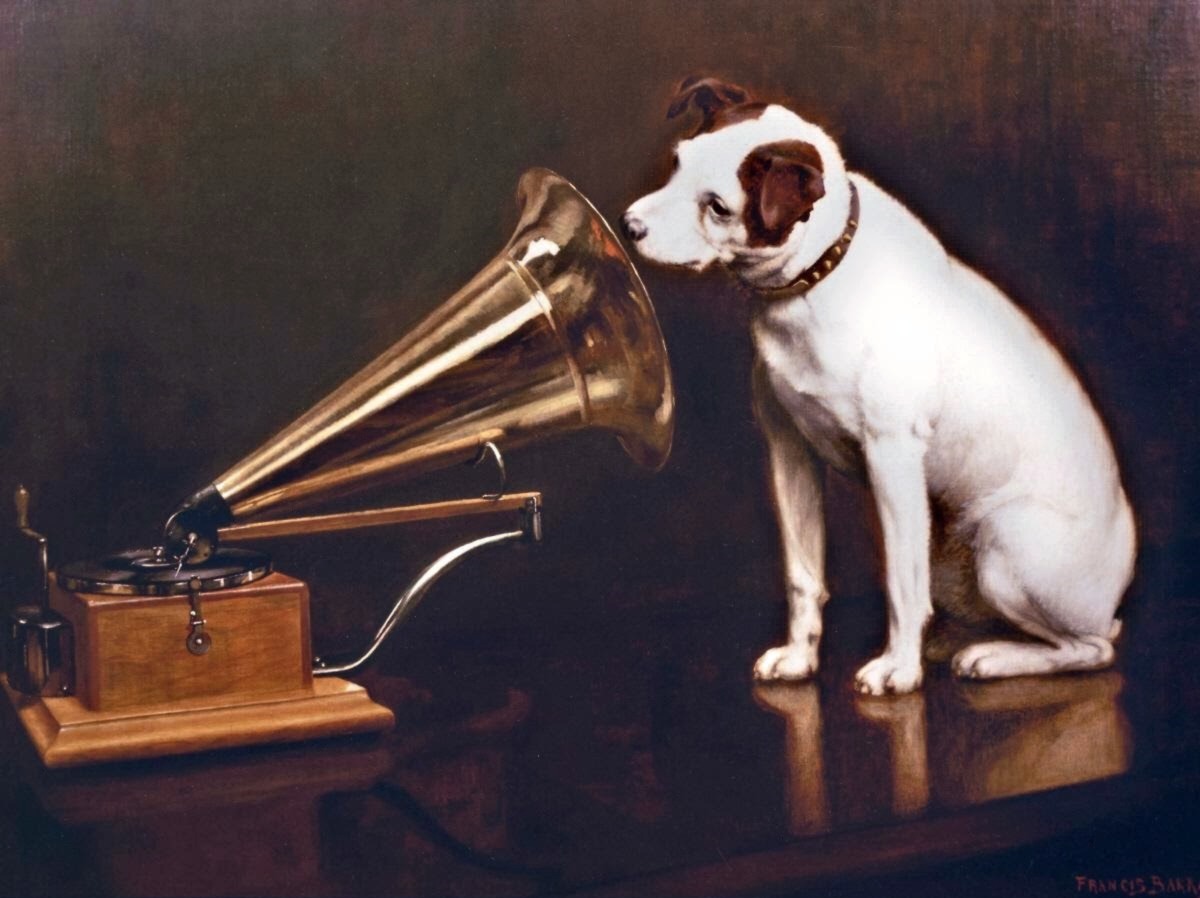American recording studio and phonograph maker The Victor Talking Machine Company ran independently from 1901 until 1929 when it was bought by the Radio Corporation of America and started operating as a separate subsidiary under the name RCA Victor. It was the biggest and most renowned company of its type in the world, with its headquarters in Camden, New Jersey.
History
Emile Berliner, the creator of the phonograph and the disc record, hired machinist Eldridge R. Johnson to produce his creations in 1896.
Name
There are numerous explanations for how the name “Victor” originated. In “His Master’s Voice,” RCA historian Fred Barnum presents a number of explanations for the name’s origin. Johnson emerged as the “Victor” from the protracted and expensive patent litigation involving Berliner and Frank Seaman’s Zonophone. Johnson is said to have believed his first improved Gramophone to be both a scientific and commercial “victory.” In America, he writes, “One story claims that Johnson considered his first improved Gramophone to be both a scientific and business “victory.”
Acoustical recording era (1901-1925)
Victor released music in the early years of the business under the Victor, Monarch, and De Luxe labels, on 7-inch records, 10-inch records, and 12-inch records, respectively. In 1903 and 1904, 14-inch DeLuxe Special recordings were sold for a limited time. All sizes and labels were combined under the Victor imprint in 1905.
The Victor Talking Machine Company produced the first-ever jazz and blues albums. On July 15, 1914, in Camden, New Jersey, the Victor Military Band put “The Memphis Blues,” the first blues tune ever recorded, on wax. The “Livery Stable Blues” recording by The Original Dixieland Jazz Band was made in 1917.
Electrical recording era (1925–present)
Early in the 1920s, radio became a popular home entertainment option, which brought new difficulties for Victor and the whole record business. A live broadcast produced with a high-quality microphone and listened via a high-quality receiver delivered cleaner, more “natural” sound than a current record. Music was also becoming freely available over the radio. Victor executives at the upper echelons of the firm put up a lot of opposition before switching from the mechanical or acoustical recording technology to the new electrical system based on microphones created by Western Electric in 1925.
Western Electric’s scientifically developed “Orthophonic Victrolas” were offered alongside Victor’s “Orthophonic Victrola” phonographs, which were made to play these new records and were given the name “Orthophonic” by Victor. To build a large catalog of the new records to meet anticipated demand and give dealers time to sell their stocks of vintage Victrolas, Victor and its longtime rival, Columbia Records, agreed to keep electrical recordings a secret until the autumn of 1925. Victor’s first electrical recordings, released in early 1925, were not advertised as such. Then, on November 2, 1925, known as “Victor Day,” Victor publicly debuted the new technology and unveiled its new records and the Orthophonic Victrolas in the company’s greatest advertising effort to date.
On February 26, 1925, a recording of electrical music was produced at the Victor studios in Camden, New Jersey.
Eight well-known Victor performers came together to record “A Miniature Concert”, including:
- Billy Murray
- Frank Banta
- Henry Burr
- Albert Campbell
- Frank Croxton
- John Meyer
- Monroe Silver
- Rudy Wiedoeft
A few takes were recorded using the outdated acoustical method, and subsequently, for testing purposes, further takes were recorded electronically. Victor released the successful electrical recordings that summer on the two sides of a 12-inch, 78-rpm CD, Victor 35753. Victor 19626, a ten-inch record with two numbers recorded on March 16, 1925, from the University of Pennsylvania’s 37th annual performance of the Mask and Wig Club, was released in April 1925. It was the company’s first electrical recording. Victor’s first electrical Red Seal disc, a twelve-inch 6502 by pianist Alfred Cortot, featuring Chopin and Schubert compositions, was recorded on March 21, 1925.
Johnson sold his controlling (but non-holding) part in the Victor Company to JW Seligman and Speyer & Co. in 1926. These financial institutions then sold the Victor Company to the Radio Corporation of America in 1929.
Conclusion
Finally, the development of recorded sound and its significant social influence are explored in the history of the Victor Talking Machine Company. The Victor Talking Machine Company’s history is one of innovation, cultural revolution, and the lasting power of music, from Emile Berliner’s pioneering work on the phonograph to the famous Victrola and the company’s important contributions to the music business. The firm altered the musical landscape and had a lasting impression on popular culture through ground-breaking technological developments, significant musicians, and timeless records. Its legacy serves as a constant reminder of the innovators who pushed the envelope of creativity and technology, forever altering how we perceive and retain music while motivating us to seize new opportunities for the future.


